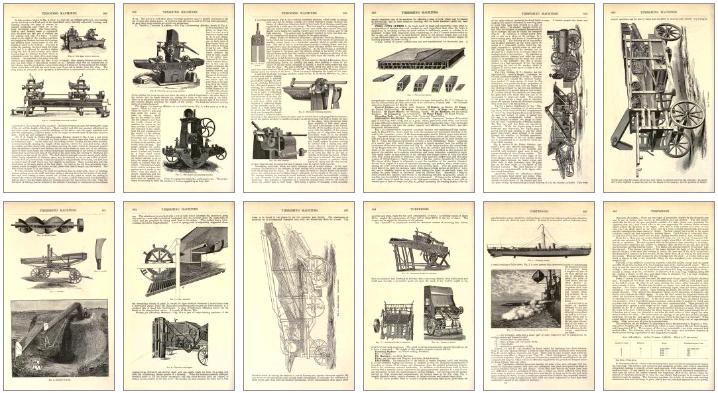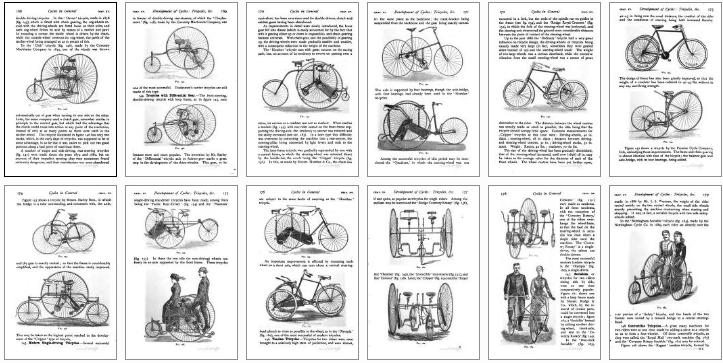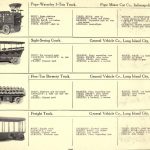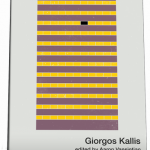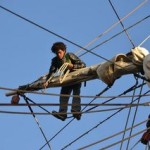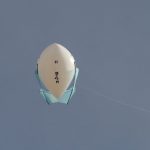“In our society, high taxes on labor drive businesses to minimize the number of employees. Resources remain untaxed, so we use them unconstrained. This system causes both unemployment and scarcity of resources.” Read. Via Femke Groothuis.
Exhibiting the Latest Progress in Machines, Motors, and the Transmission of Power (1892)
“Modern mechanism; exhibiting the latest progress in machines, motors, and the transmission of power“, Benjamin Park (1892).
Old Watermills Turning Again
“They belong to an England that, these days, we only glimpse through Constable paintings. But old watermills could once again become a working part of the landscape under ministers’ plans to power a million homes with hydro-electricity.” Read. Via UK Windmills.
Lasers or Longbows? A Paradox of Military Technology
“The paradox of military technology states that while increased complexity in a military force results in increased capability, it also increases the likelihood that the capability will be unavailable for use because of the collapse of the complex supply chain required to maintain the capability. The implication is that complex military technologies might not be the best acquisition strategy for defence forces in the future.”
“Lasers or longbows? A paradox of military technology“, The Australian Defence Force Journal (PDF 6.4 MB, from page 44). Via “The abandonment of technology“, The Oil Drum.
Engineering for the Ecological Age: Lessons from History
“Engineering for the ecological age: lessons from history” (video) by John Ochsendorf. Skip the extremely irritating introduction to the speaker and start at 10:50. Via Ecodemica. Related: Tiles as a substitute for steel: the art of the timbrel vault & Timbrel vaulting in South Africa. Photo: Michael Ramage.
